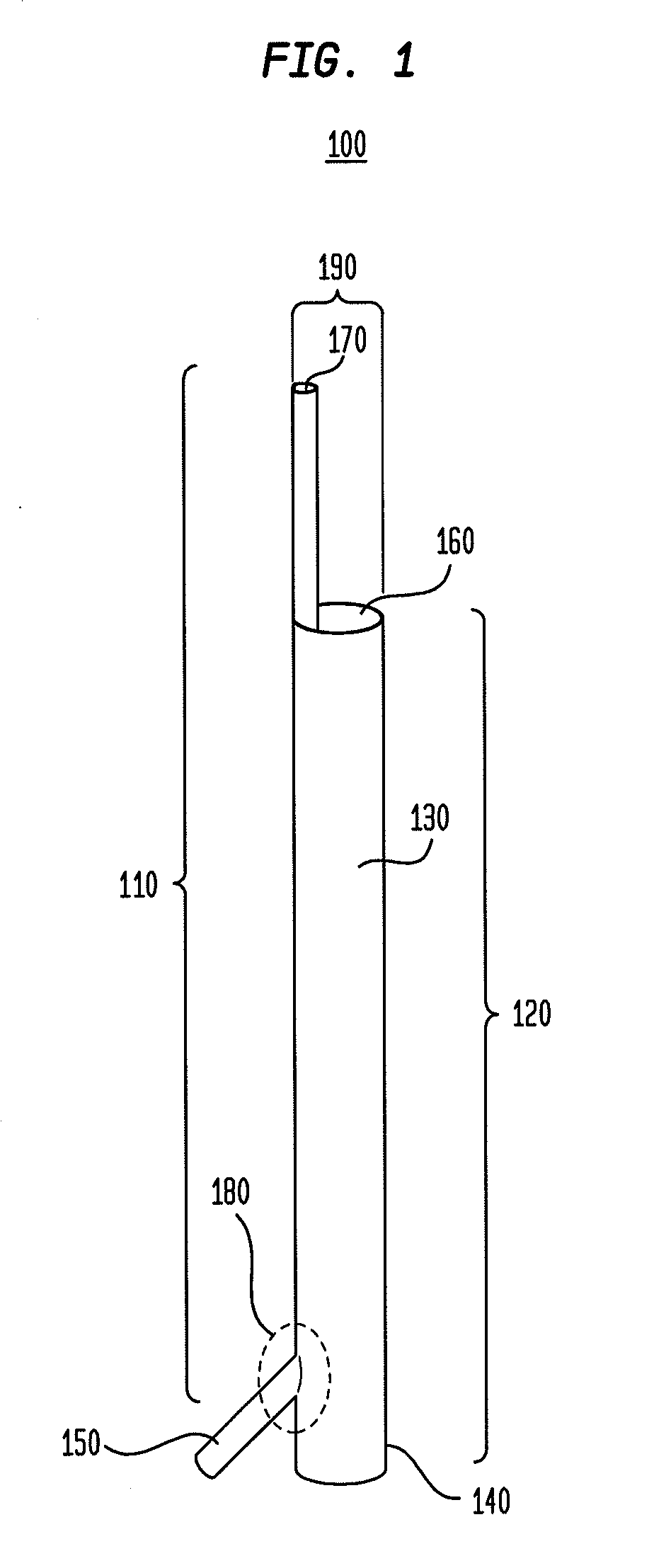Vessel access catheter
a catheter and valve technology, applied in the field of valve access catheters, can solve the problems of long-term disability, difficult operation of distal thrombosis, operator learning curve, etc., and achieve the effect of providing stability to the endovascular devi
- Summary
- Abstract
- Description
- Claims
- Application Information
AI Technical Summary
Benefits of technology
Problems solved by technology
Method used
Image
Examples
Embodiment Construction
Glossary
[0126]The term “ablation” as used herein, refers to a procedure that uses radiofrequency energy (e.g., microwave heat) to destroy a small area of heart tissue that is causing rapid and irregular heartbeats. Destroying this tissue restores the heart's regular rhythm. The procedure is also called radiofrequency ablation.
[0127]The terms “acute angle” and “acute angulation” are used interchangeably herein to refer to a sharp, obstructive or abnormal angle or bend (e.g., less than 90 degrees) in an organ, artery, vessel, etc.
[0128]The terms “anomaly”, “variation”, “abnormality” and “aberration” are used interchangeably herein to refer to a deviation from what is standard, normal or expected. For example, “bovine arch variation” is an anatomical deviation from the most common aortic arch branching pattern in humans. By way of additional example, an anomaly can occur in a blood vessel having tortuosity.
[0129]The term “aneurysm”, as used herein, refers to a localized widening (dilat...
PUM
 Login to View More
Login to View More Abstract
Description
Claims
Application Information
 Login to View More
Login to View More - R&D
- Intellectual Property
- Life Sciences
- Materials
- Tech Scout
- Unparalleled Data Quality
- Higher Quality Content
- 60% Fewer Hallucinations
Browse by: Latest US Patents, China's latest patents, Technical Efficacy Thesaurus, Application Domain, Technology Topic, Popular Technical Reports.
© 2025 PatSnap. All rights reserved.Legal|Privacy policy|Modern Slavery Act Transparency Statement|Sitemap|About US| Contact US: help@patsnap.com



